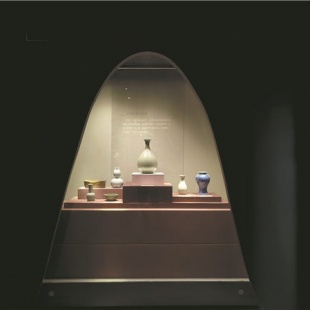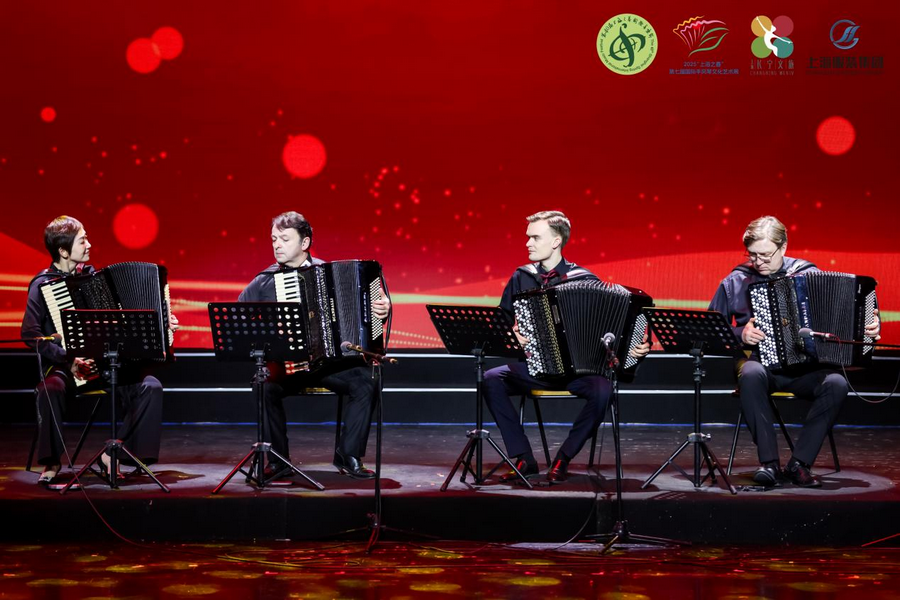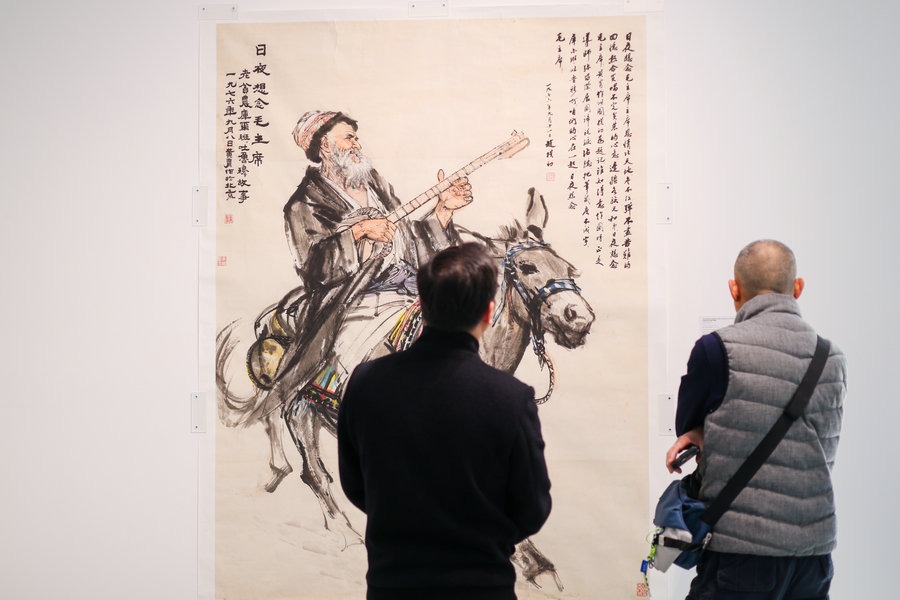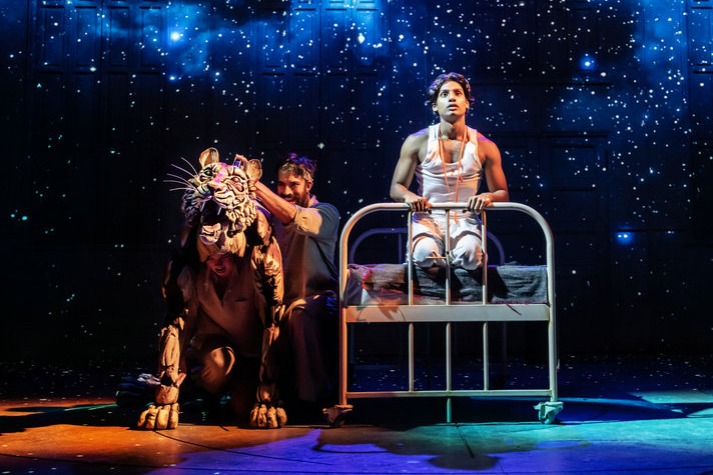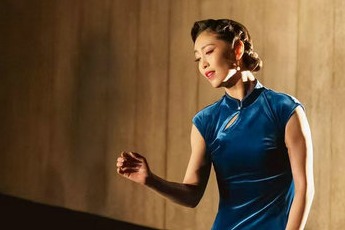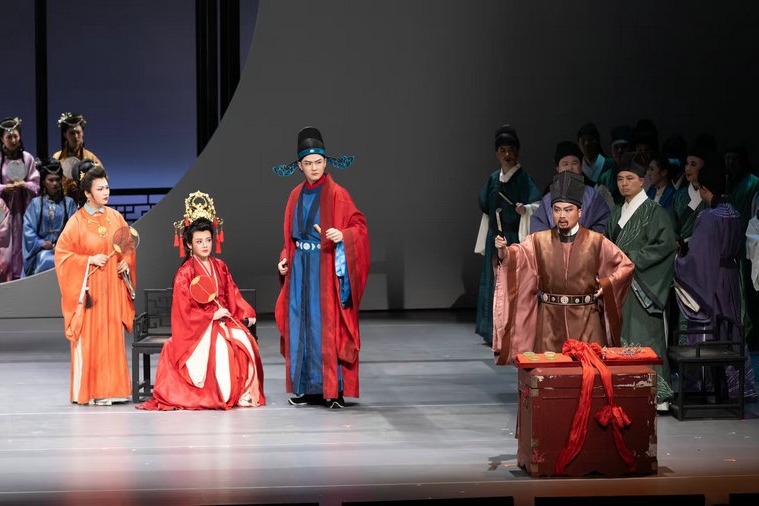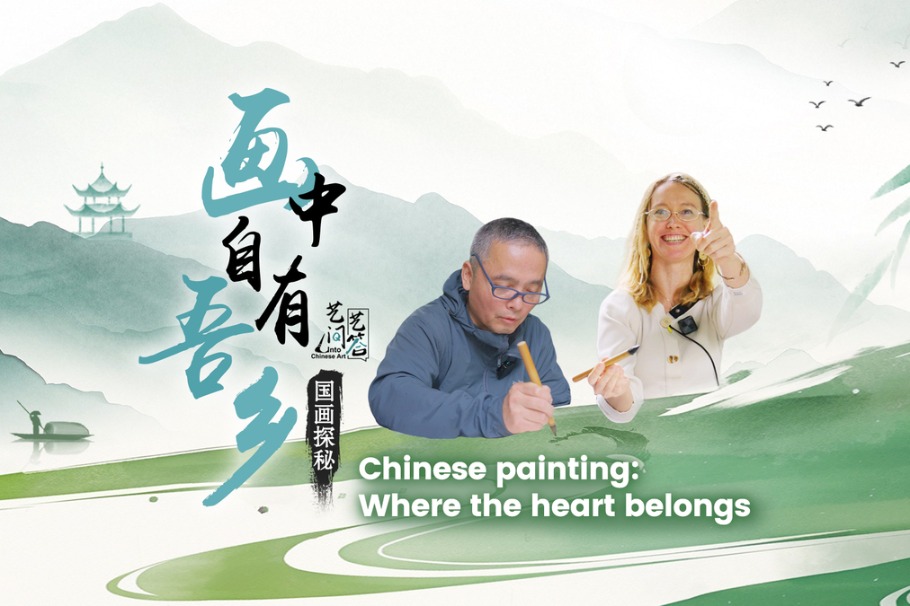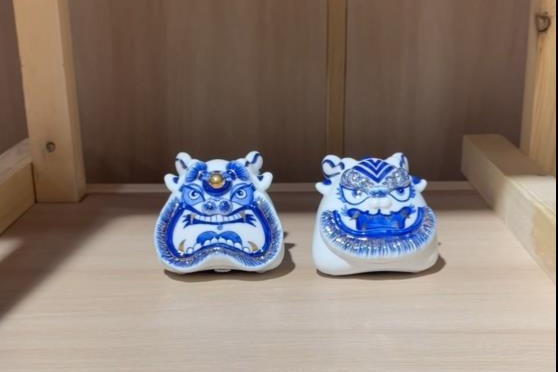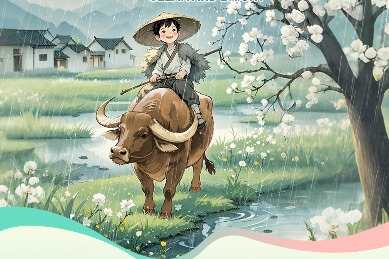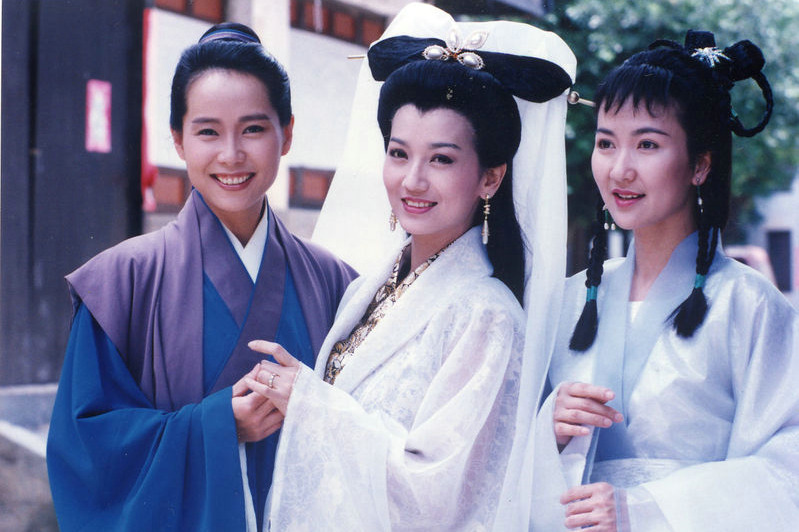Museum shows its true colors


Exhibition demonstrates long-lasting charm of a particular shade in history, Wang Kaihao reports in Nanjing.
It's green. It's also blue.
Originating from nature, this color of vitality has not only left its mark on the various perspectives of Chinese people's daily lives throughout history, but it has also been associated with poetic reminiscences for many generations.
The color cyan, known as qing in Chinese, continues to comfort and inspire people today.
An exhibition in Nanjing, capital of Jiangsu province, Cyan, The Exceptional Chinese Color, unfolds a fascinating epic on this colorful legend through 180 cultural relics on loan from across the nation.
Opened in the city's Oriental Metropolitan Museum, the exhibition was co-launched by Art Exhibitions China and the Nanjing Museum Administration and will run until October.
"We hope to present the aesthetic beauty of this unique Chinese color concept," Zhang Xuemeng, a curator of the event from Art Exhibitions China, explains. "The theme choice is made also due to the rich and broad interpretations of 'cyan' in traditional Chinese culture. We aim to delve deep into the cultural spirit it embodies.
"This color is reflected in various aspects of traditional Chinese cultural life: clothing, food, housing, transportation, leisure activities and more," she adds. "This diversity in cultural representation naturally leads to a variety of exhibit types."
Jade, porcelain, turquoise, glassware, clothes, paintings and other varieties of objects spanning millennia, the gallery resembles an idyllic mountain setting or a rustling bamboo forest.
Real bamboo is used to decorate the gallery and a giant showcase is designed in the shape of rolling mountains. Zhang Lei, a co-curator of the exhibition from the Oriental Metropolitan Museum, came up with the idea to create a mesmerizing atmosphere for visitors to approach, witness and appreciate ancient literati's feelings by replicating the natural settings from yesteryear.
"In China, different colors are given various ceremonial meanings," Zhang Lei says. "In ancient Chinese text, the term qing was also used to describe a wide spectrum of colors including blue, green and sometimes gray. This one word has a rich connotation."
Cyan is one of "five colors" that was used by ancient Chinese people to describe everything in the world, based on yin-yang and the related five elements theory.
In Rites of Zhou, a fundamental ancient Chinese classic on organizational theory, this color was also used to refer to the East.
It was almost as if cyan was predestined to best represent the eastern aesthetics in the following centuries.


